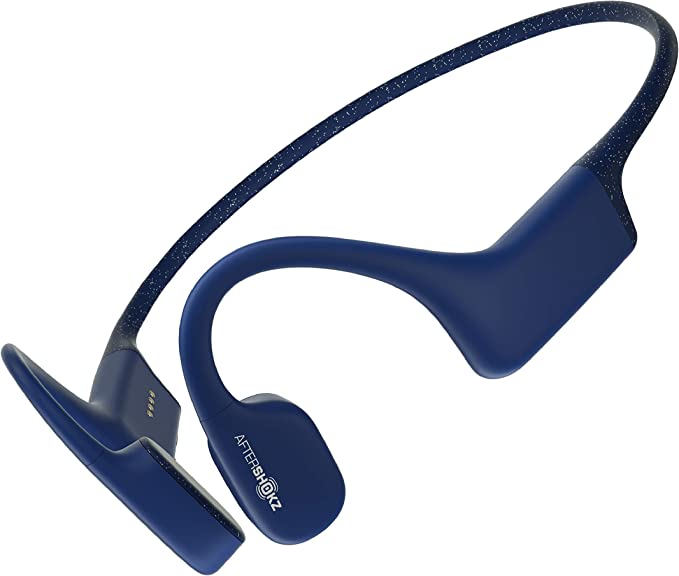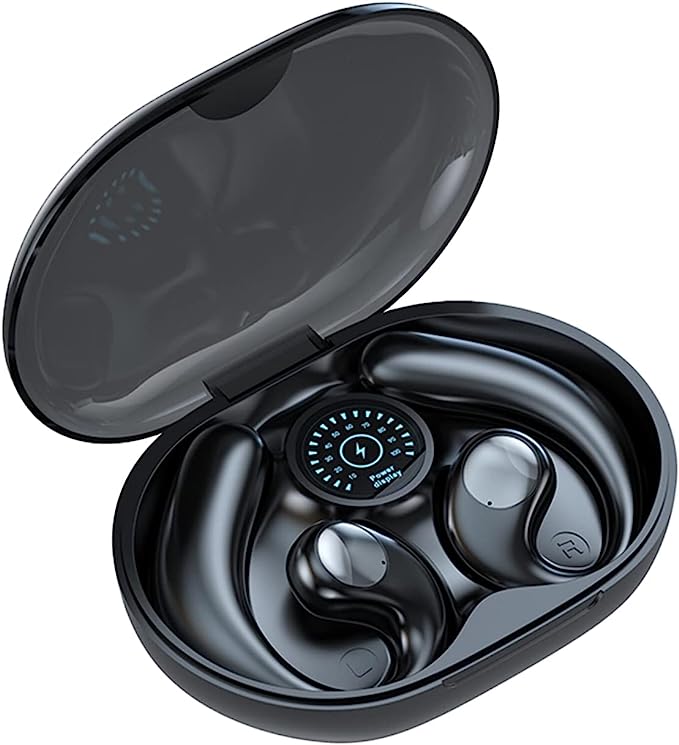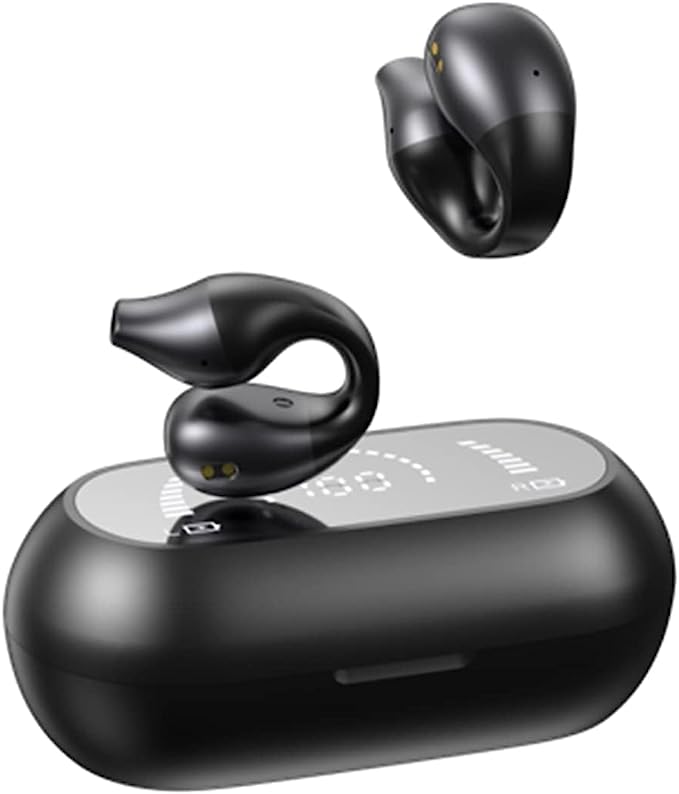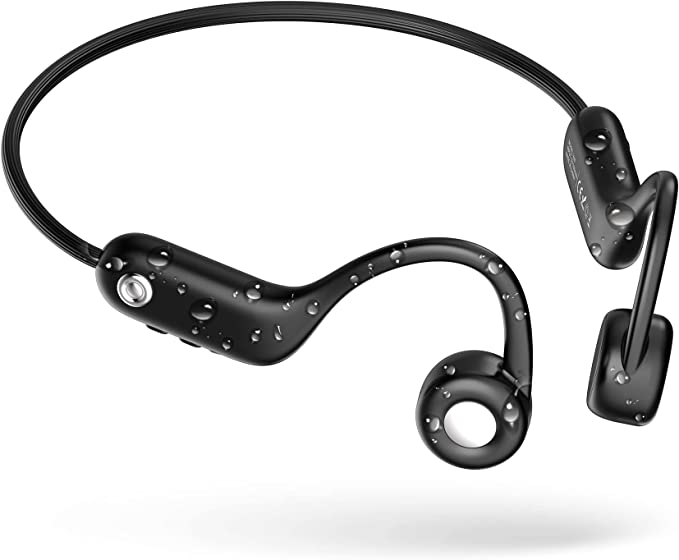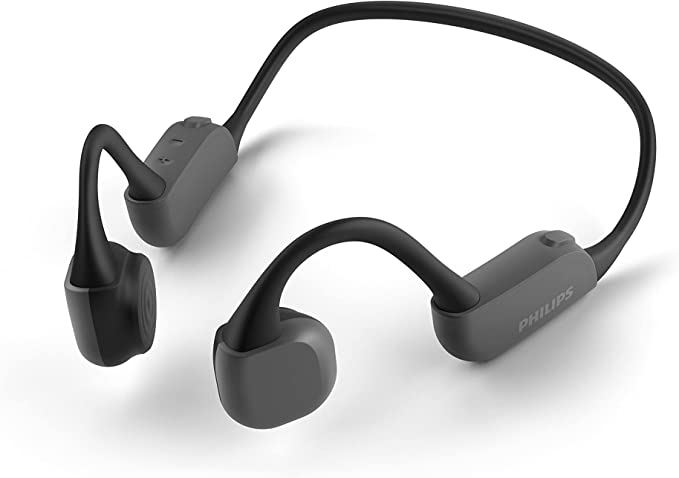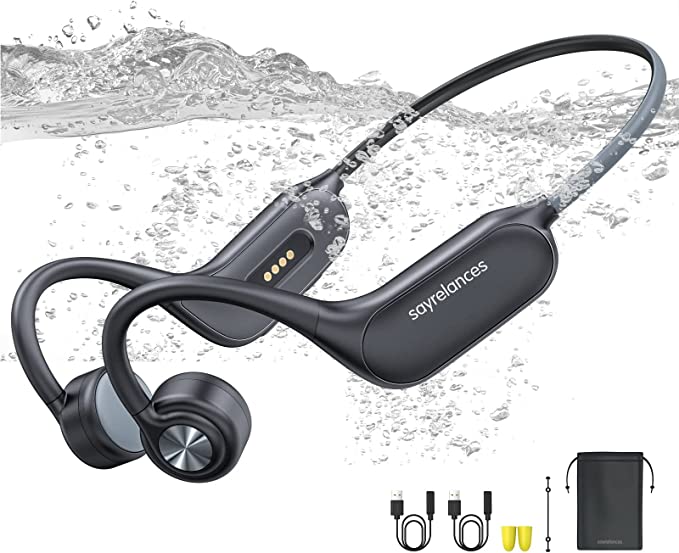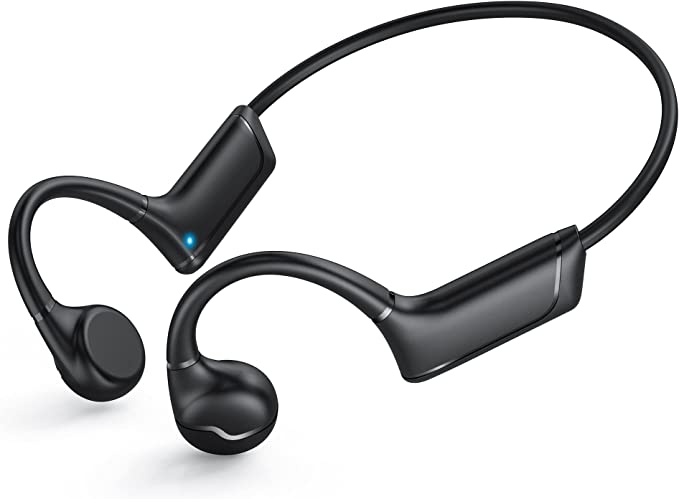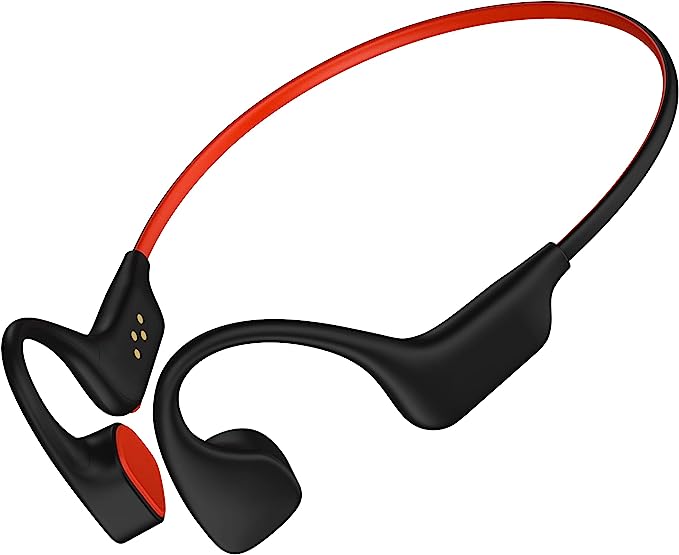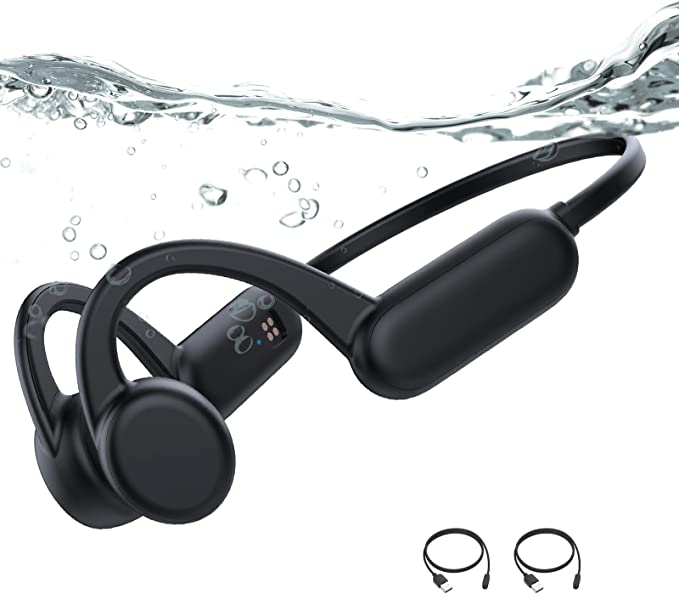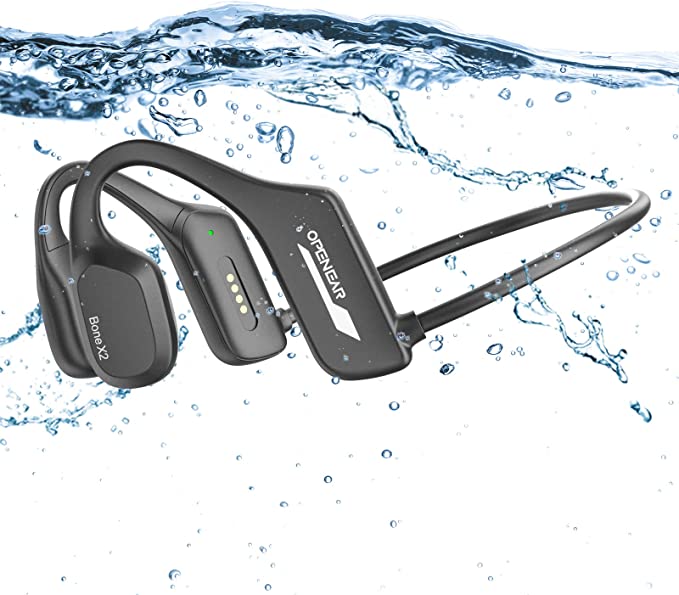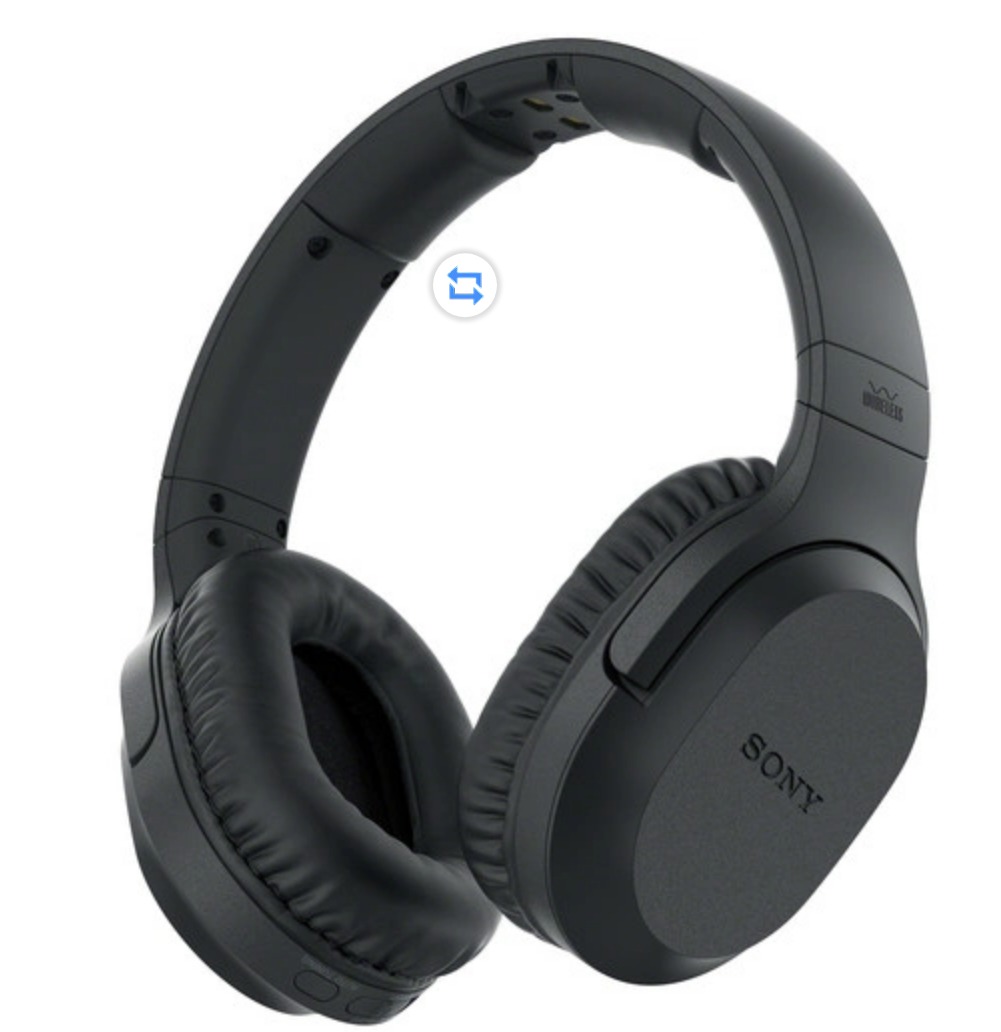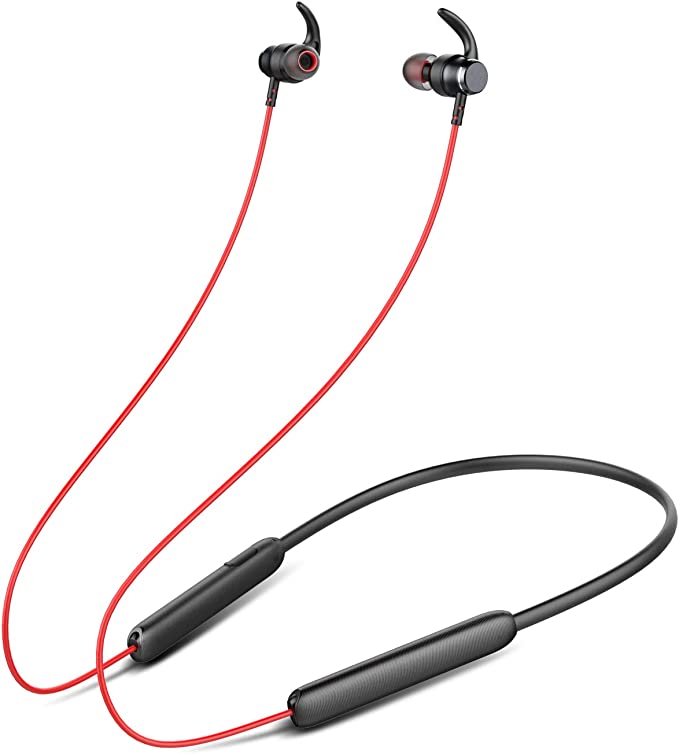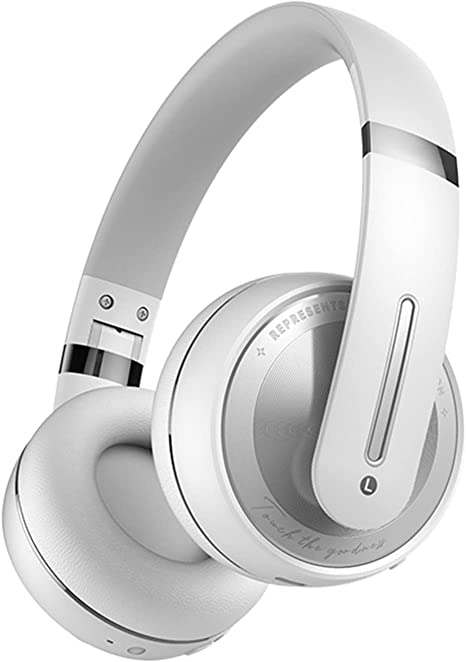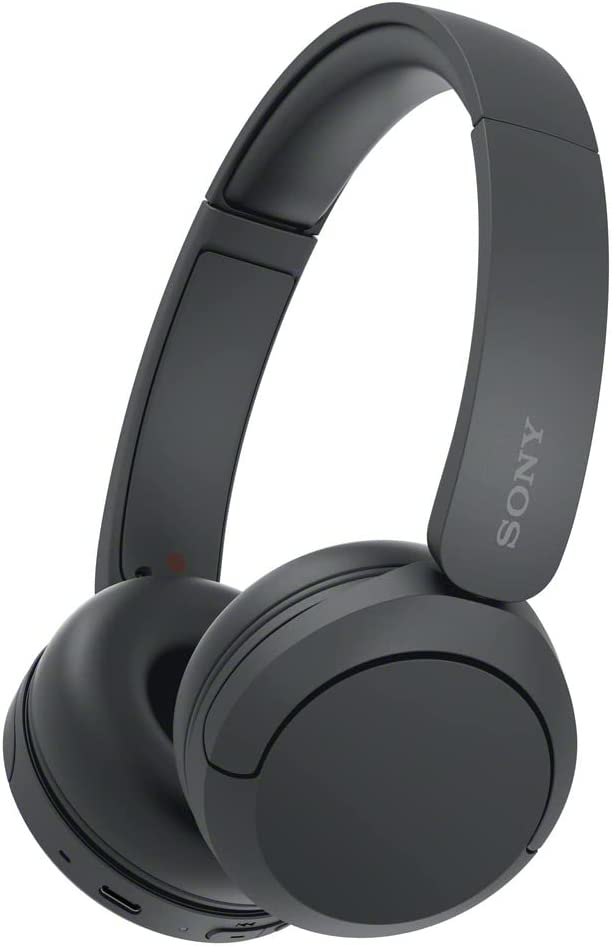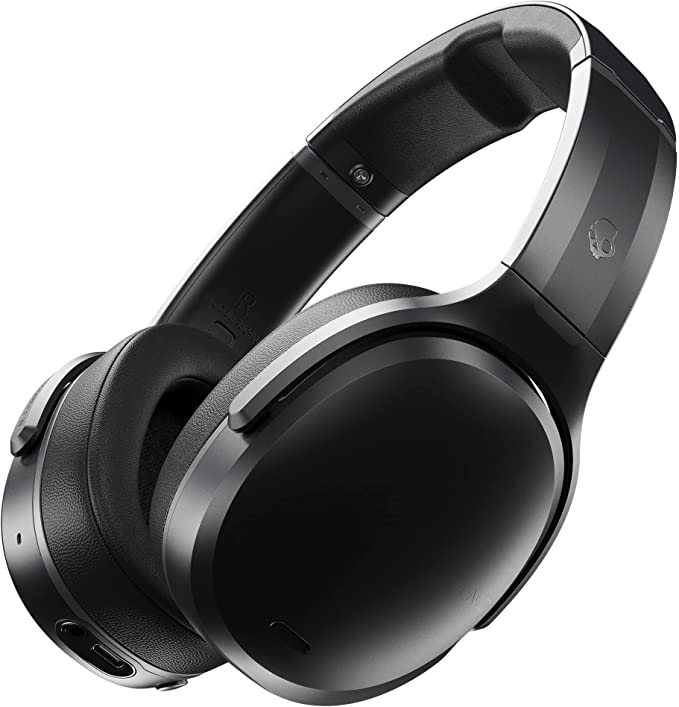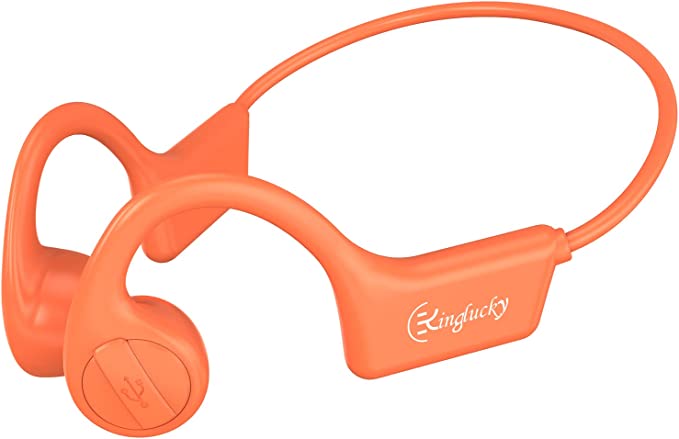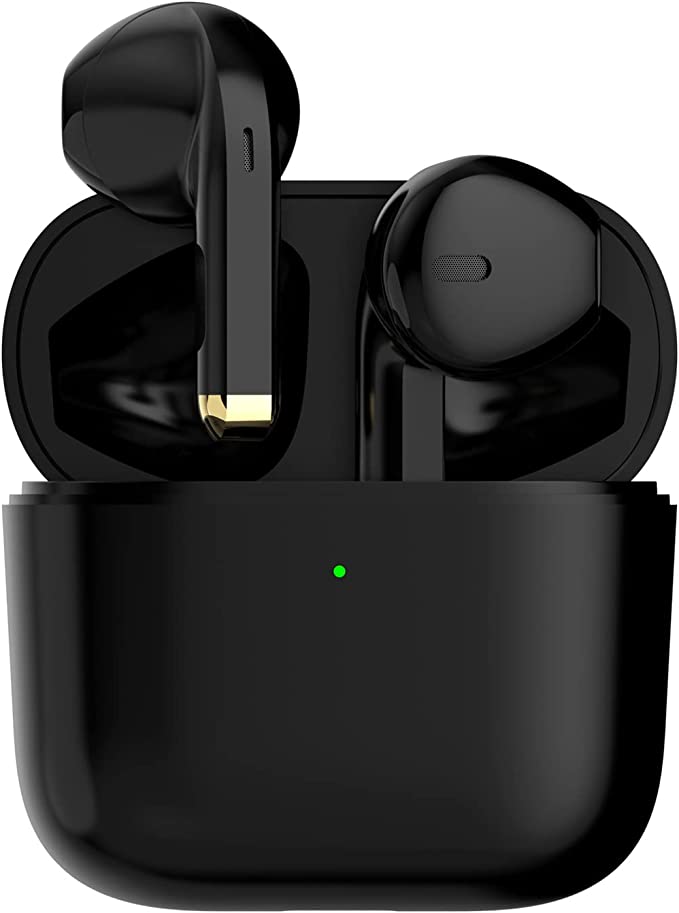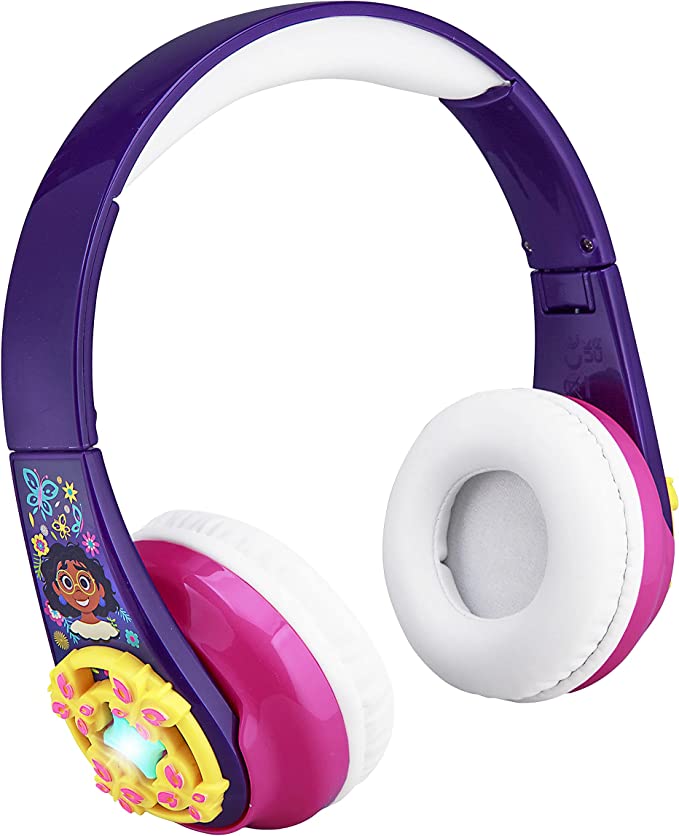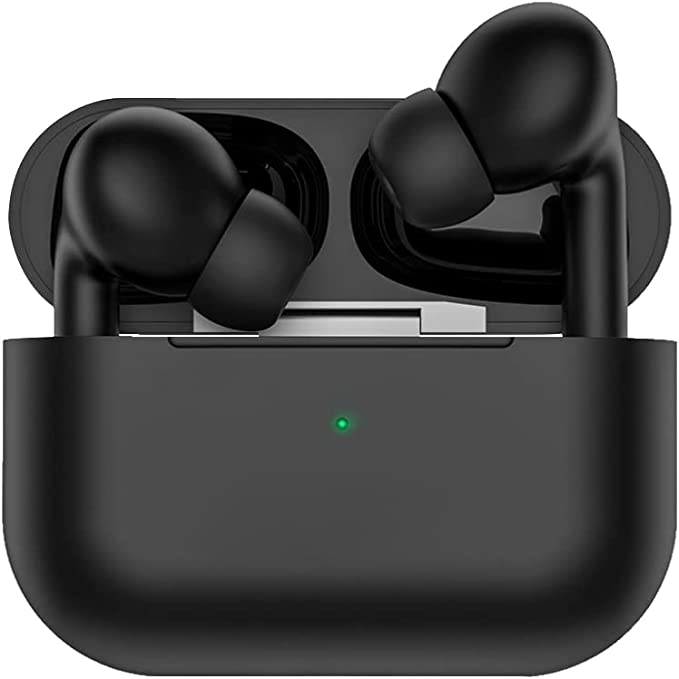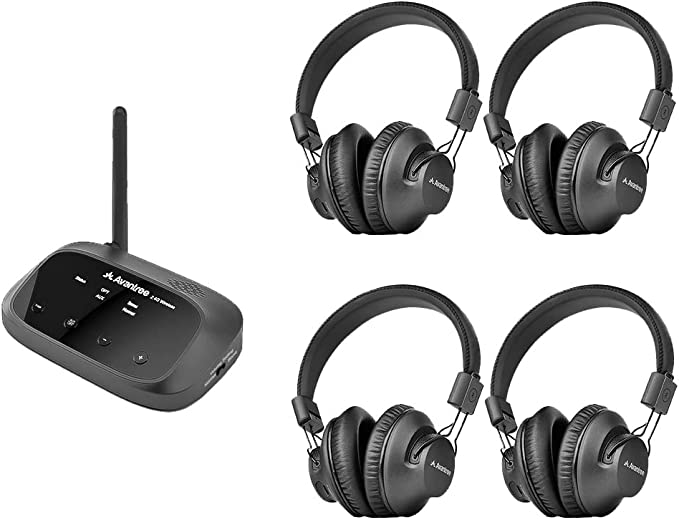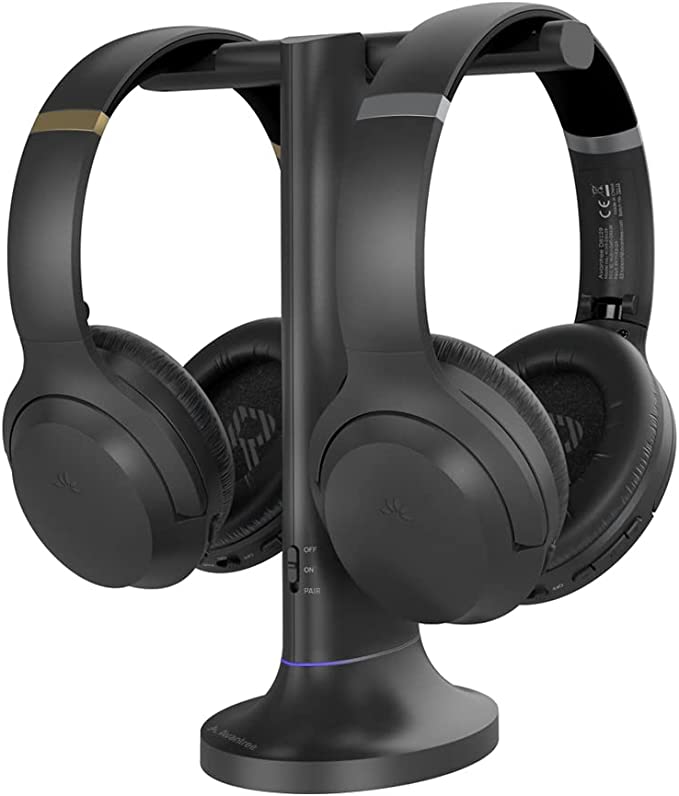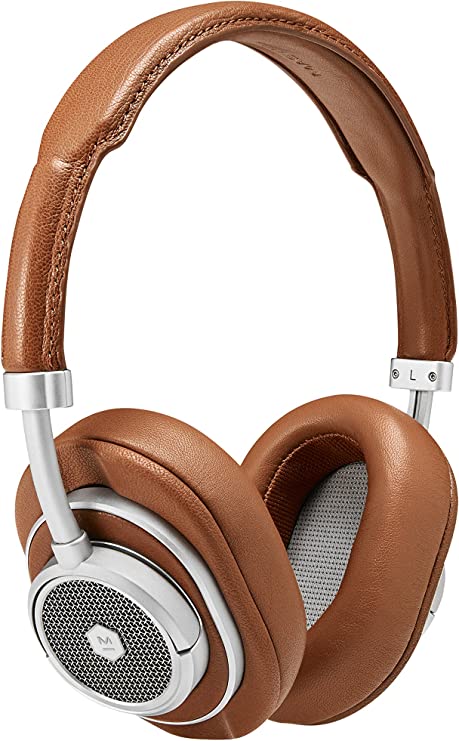Generic K50 Pro Wireless Headphones - Open-Ear Sound for Sports
Update on Sept. 22, 2025, 2:18 p.m.
What if I told you that you could listen to your favorite podcast during a busy city commute without blocking your ears? That you could hear both the intricate notes of a symphony and the subtle whir of an approaching electric vehicle, simultaneously and clearly. It sounds like a sensory superpower, but it’s not magic. It’s a fascinating principle of physics that allows sound to take a shortcut directly to your inner ear, using the most unexpected of instruments: your own skull.
This is the world of bone conduction, a technology that feels futuristic yet is rooted in a history stretching back centuries. It’s a complete reimagining of personal audio, and understanding how it works reveals a great deal about the nature of sound and the elegant complexity of our own biology.

The Two Paths of Hearing: A Tour of Your Head
To grasp the novelty of bone conduction, we first need to appreciate the conventional route sound takes. Typically, we hear through air conduction. A sound wave—which is really just a vibration traveling through the air—is caught by your outer ear and funneled down the ear canal until it strikes the eardrum, causing it to vibrate. These delicate vibrations are then amplified by a trio of the smallest bones in your body (the ossicles) and passed on to the cochlea, a fluid-filled, snail-shaped organ in your inner ear. The cochlea is the true marvel; it converts these mechanical vibrations into electrical signals that the auditory nerve sends to the brain. This is the superhighway of sound.
Bone conduction, however, takes a scenic shortcut. It bypasses the eardrum and the middle ear entirely. Instead of sending vibrations through the air, it sends them through a much denser medium: your bones. By placing a vibrating source in contact with your skull, those vibrations travel directly through the bone to that same cochlea in the inner ear. Think of it as skipping the front door and knocking directly on the living room window. Your brain receives the same type of signal from the cochlea; it just arrived via a different, more direct route.

A Trick Older Than Headphones
This phenomenon is far from a recent discovery. In the late 18th century, the legendary composer Ludwig van Beethoven, faced with devastating hearing loss, found a novel way to compose. He would reportedly attach a rod to his piano and bite down on it while he played. The piano’s vibrations traveled through the rod, into his jaw, and through the bones of his skull directly to his inner ear, allowing him to “hear” the music his failing ears could no longer detect.
Beethoven was, in essence, using the world’s first bone conduction audio device. He proved a fundamental concept: sound doesn’t require air or a functioning eardrum, only a medium to carry vibrations to the inner ear.
How Modern “Bone-Phones” Work
Today, we don’t need to bite down on metal rods. Modern bone conduction headphones, like the Generic K50 Pro, have miniaturized this principle into a sleek, wearable form. Instead of speakers that push air, they use small devices called transducers. These transducers rest on the cheekbones, just in front of the ears. When you play music, they convert the electrical audio signal into high-frequency vibrations that are imperceptible to the touch but are perfectly transmitted through your bones.
The most significant result is the open-ear design. Because nothing is blocking or plugging your ear canal, you retain complete situational awareness. This is a game-changer for cyclists, runners, and pedestrians who need to stay tuned to their environment for safety.
Of course, this technology comes with inherent trade-offs dictated by physics. One challenge is sound leakage, as some of the vibrations can radiate into the surrounding air, making them faintly audible to people nearby. Another is bass response. Low-frequency sounds have long, powerful waves that are difficult to replicate through tiny vibrations on bone, which is why the deepest bass notes can feel less punchy on bone conduction headphones compared to high-fidelity over-ear models. It’s not a flaw in design, but a limitation of the medium itself.
Engineering for the Real World
Bringing a scientific principle from the lab to your daily run requires a symphony of modern engineering. A device like the K50 Pro isn’t just a transducer; it’s a carefully integrated system designed to withstand the rigors of an active life.
Take its waterproof rating, IPX6. This isn’t just a marketing term; it’s a specific standard from the International Electrotechnical Commission (IEC 60529). The ‘X’ means it hasn’t been rated for dust ingress, while the ‘6’ signifies it can resist powerful jets of water from any direction. In practical terms, it’s built to survive torrential downpours and heavy sweat, and you can even rinse it under a tap. But it is not submersible; for that, you’d need an IPX7 or IPX8 rating.
The wireless technology inside is equally important. The use of Bluetooth 5.3 isn’t just about faster pairing. Its primary advantage is efficiency. Innovations like “connection subrating” allow the device to switch into very low-power modes more intelligently, drastically reducing energy consumption. This is how a small 230 mAh battery can deliver 8 to 10 hours of continuous playtime. To simplify the connection process, NFC (Near-Field Communication) is included. This technology uses electromagnetic induction to allow for a “tap-to-pair” handshake, eliminating the tedious process of searching through Bluetooth menus.
Even the materials are a deliberate choice. The frame is made from a blend of Polycarbonate (PC) and Acrylonitrile Butadiene Styrene (ABS). This isn’t just plastic; it’s a polymer alloy. PC provides rigidity and heat resistance, while ABS offers superb impact strength and toughness. By blending them, engineers create a composite that is both incredibly durable and remarkably lightweight—at only 28 grams, it’s designed to be forgotten once worn.
The Future is Heard, Not Just Seen
Bone conduction is a powerful reminder that technology at its best is often an elegant application of a long-understood scientific principle. It’s more than just a novel way to listen to music; it’s a gateway to a future of augmented audio.
The same core technology is used in advanced hearing aids, known as Bone Anchored Hearing Aids (BAHA), to help people with certain types of hearing loss. It has been used in military and tactical communications for decades to allow for clear communication in deafeningly loud environments. Looking forward, it’s poised to become a key component in augmented reality glasses, delivering private audio notifications without the need for earbuds.
So, the next time you see someone wearing a pair of open-ear headphones, you’ll know they aren’t just wearing a gadget. They’re wearing a piece of history, a lesson in biology, and a marvel of modern engineering, all resting gently on the bones that are, for a moment, acting as their own private concert hall.
